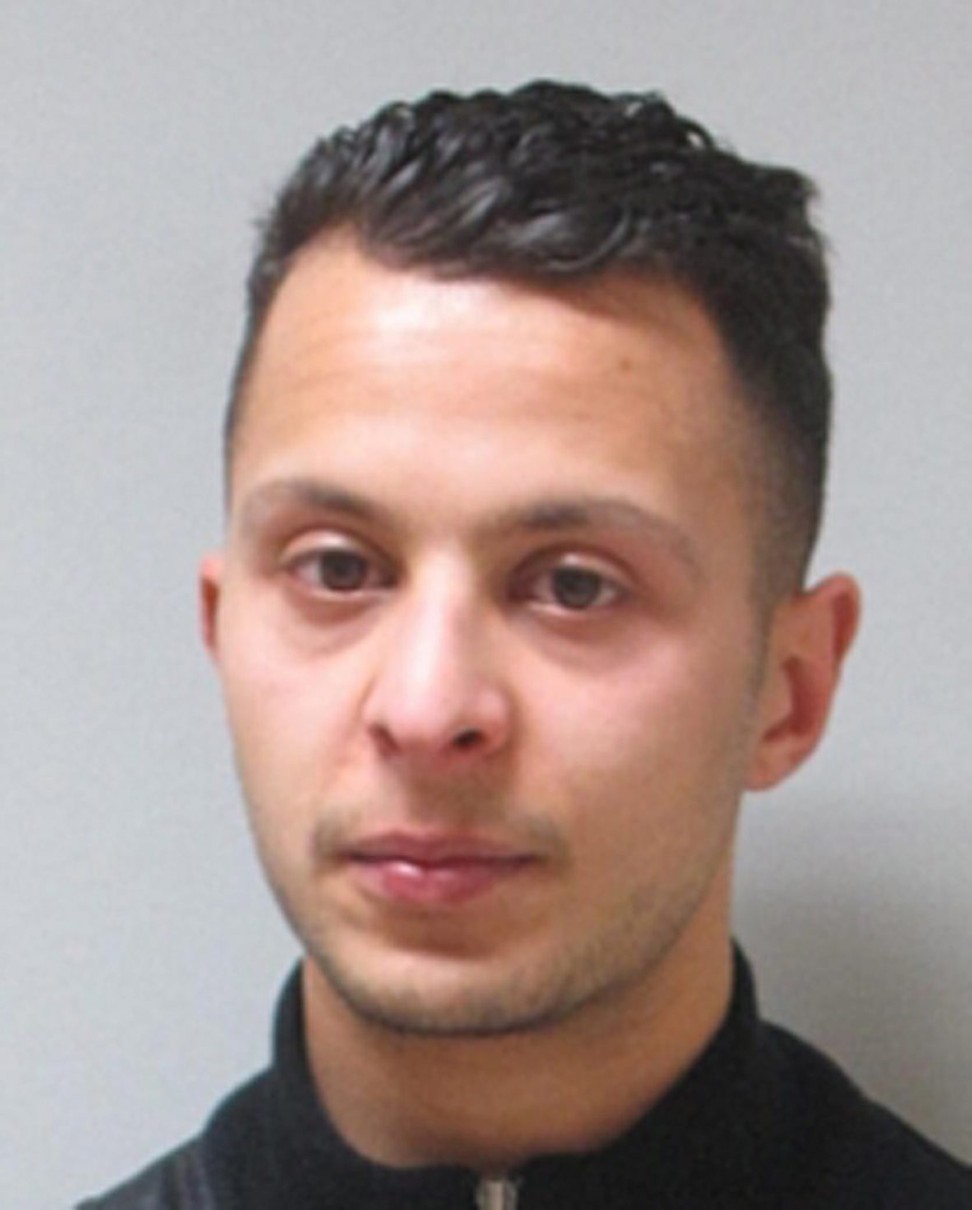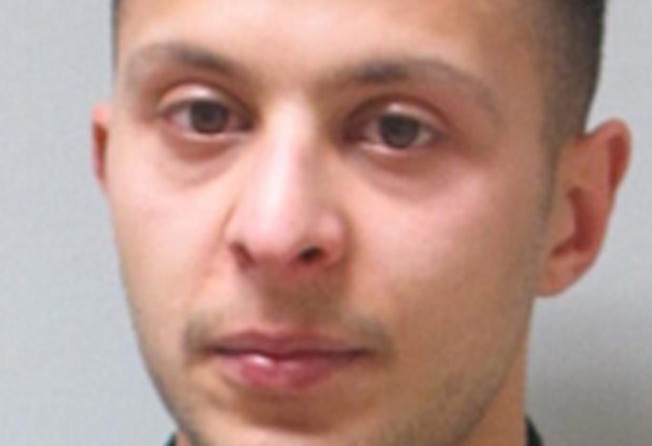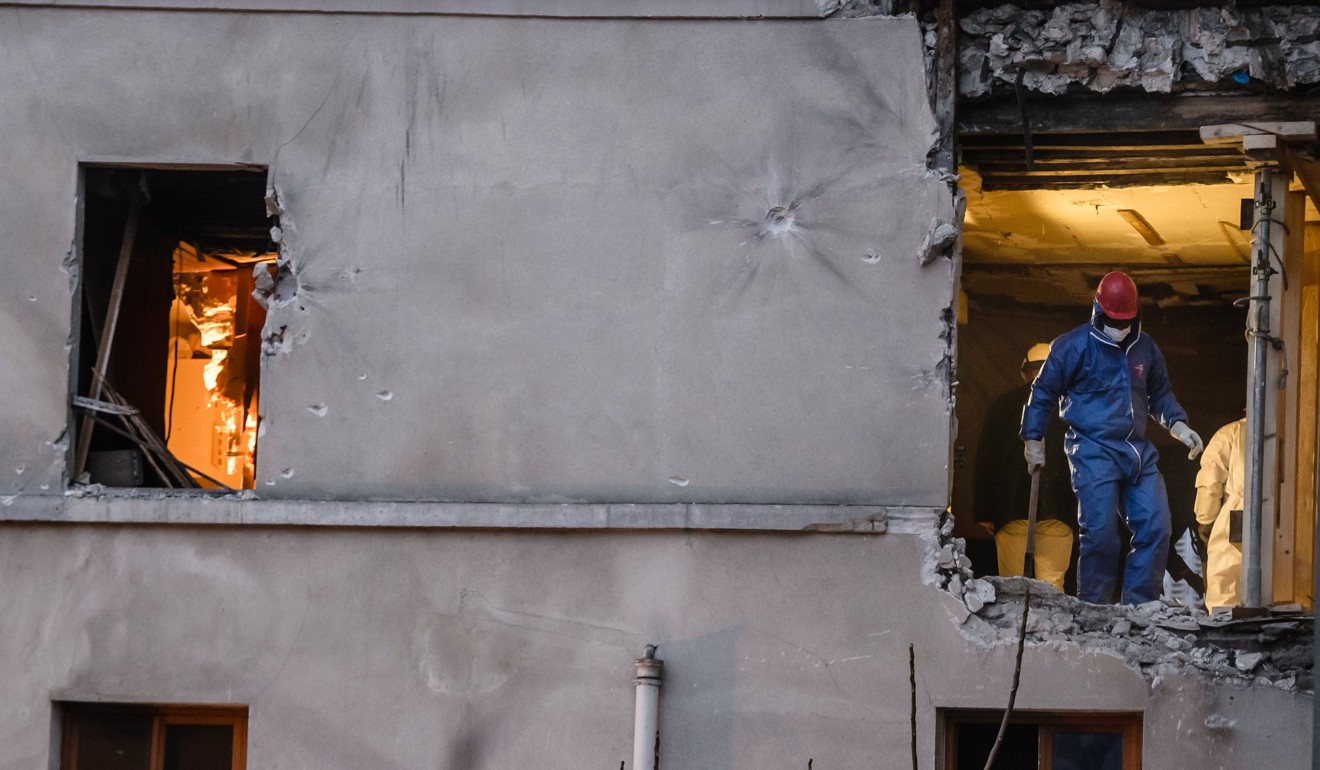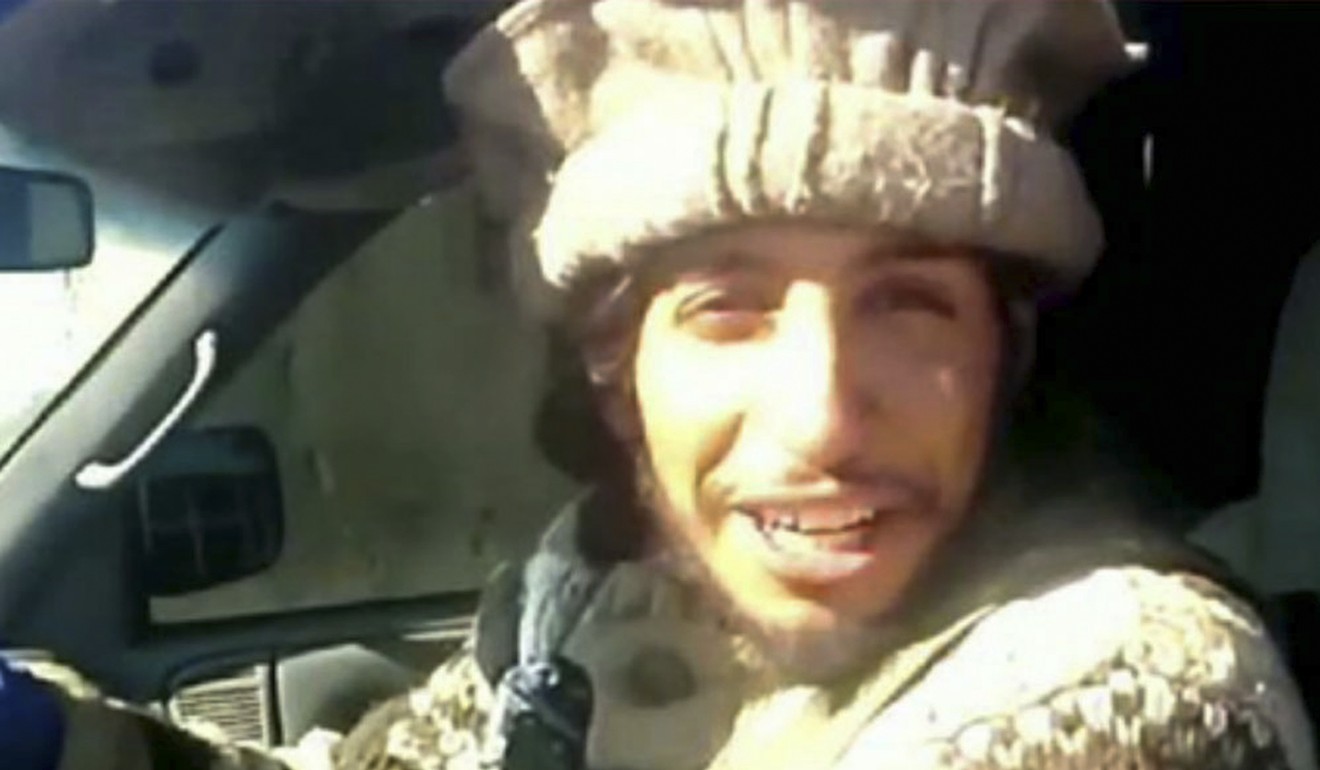
For sole survivor of Paris terror cell, the road to Islamic State began with a life of crime
Salah Abdeslam goes on trial this week, becoming the only member of the terrorist cell linked to the carnage in Paris and Brussels in 2015 to face court

He is the silent survivor of the 10-man Islamic State cell that terrorised Paris in November 2015, refusing all pleas to shed light on the attack that killed 130 people in the French capital or the one in Belgium four days after his arrest.
After spending nearly three years jailed in isolation, Salah Abdeslam is set to go on trial Monday in his hometown of Brussels for his role in a shoot-out with police during which he fled. The man who covered his getaway with a spray of automatic gunfire died. Abdeslam’s escape was short-lived – he was captured on March 18, 2016, in the same neighbourhood where he and many of his Islamic State fighter colleagues grew up.

Abdeslam, who along with his brother was suspected of dealing drugs from the bar they ran, is the starkest example of that convergence. But in Paris, the trial of three men accused of giving safe haven to the attackers also provides a revealing look at the intersection that made possible two of the deadliest terror attacks in Europe since World War II.

who followed him into IS were small-time criminals themselves, part of the extremist organisation’s deliberate attempt to make use of “skills” that include accessing black market weapons, forging documents and handling covert logistics.
When the night of carnage in Paris – November 13, 2015 – was finally over, seven attackers were dead and three were on the run: Abdeslam, Abaaoud and another Molenbeek native named Chakib Akrouh. Abdeslam called friends in Brussels to drive through the night and pick him up.
Abaaoud also called his cousin, Hasna Ait Belkacem, who lived in a suburb of Paris and vacillated between hard-line Islam and even harder drug use. She was happy to help. She called her dealer. He called another dealer.

In the predawn hours of November 18, frantic French investigators tipped off by a friend of Ait Belkacem tracked them to the building and sealed off the neighbourhood.
Abaaoud, Ait Belkacem and Akrouh all died when Akrouh detonated a suicide vest.
Just before his building crumbled to the ground, one of the drug dealers, Jawad Bendaoud, showed up to find out what was happening and explained on live television that he was just “doing a service” by renting out his room. With the cameras still rolling, Bendaoud was taken into custody.
At their trial, fellow dealer Mohammed Soumah explained how he framed the world: Good citizens, delinquents, rapists, and terrorists.
“Me, I don’t fit in the terrorist box. I’m a thug, a scumbag,” Soumah told the judge. But there he was sitting in the box for terrorism defendants in central Paris alongside Bendaoud.

“The criminal life goes on,” he said.
But the lines between terrorists and criminals are less clear now than ever, said Peter Neumann, director of the International Centre for the Study of Radicalisation.
“ISIS is perhaps the first jihadist group that has explicitly targeted this demographic, and they’ve done it very consciously and especially in Europe,” Neumann said. “If you go to Sweden, Norway, Holland, Germany, they will all tell you that 50 per cent-plus of the people who have turned up travelling to Syria or involved in domestic plots have previous criminal convictions, often for petty crime.”
The attacks often are interwoven as well. On Friday, a Belgian career criminal was transferred into French custody over allegations that he housed the jihadi who attacked the Thalys high-speed train between Brussels and Paris in August 2015.
The suspect, Youssef Siraj, is also believed to have put up some of the Brussels attackers, according to the Belgian news site DH. The same group allegedly is linked to a raid in the Belgian town of Verviers, where authorities say a jihadi cell was on the verge of a coordinated attack against police.
“We are coming to realise that Verviers, Thalys, November 13, the attacks of March 22, it’s a large and perhaps single operation of Daesh,” Belgian federal prosecutor Frederic Van Leeuw said, using another term for IS. All were bound by ties of crime and extremism.
The jihadi who wired the money to pay Bendaoud and Soumah was himself a petty criminal in Sweden before joining the Islamic State group, a thief who picked up firearms skills during his time in Syria named Mohamed Belkaid. It was also Belkaid who opened fire on Belgian police as they raided Abdeslam’s Brussels hideout. He was shot dead in the March 15, 2016, raid.
Abdeslam escaped through a window over the rooftops.
He was traced to a cousin’s apartment on March 18, 2016, near his Molenbeek home. Still more members of the cross-border Islamic State cell struck Brussels on March 22, 2016, including the bomb-maker for both attacks. Thirty-two people were killed in Brussels, along with three suicide attackers.
Abdeslam has been imprisoned ever since. His trial will be the first time he is seen in public since his capture.
According to the French network France Inter, Abdeslam stored a message in his computer similar to the farewells written by other jihadis before suicide attacks.
In it, France Inter reported, he explained that his suicide belt malfunctioned in Paris and that, although he dreamed of going to Syria “upon reflection, I concluded that the best thing would be to finish the job with the brothers.”